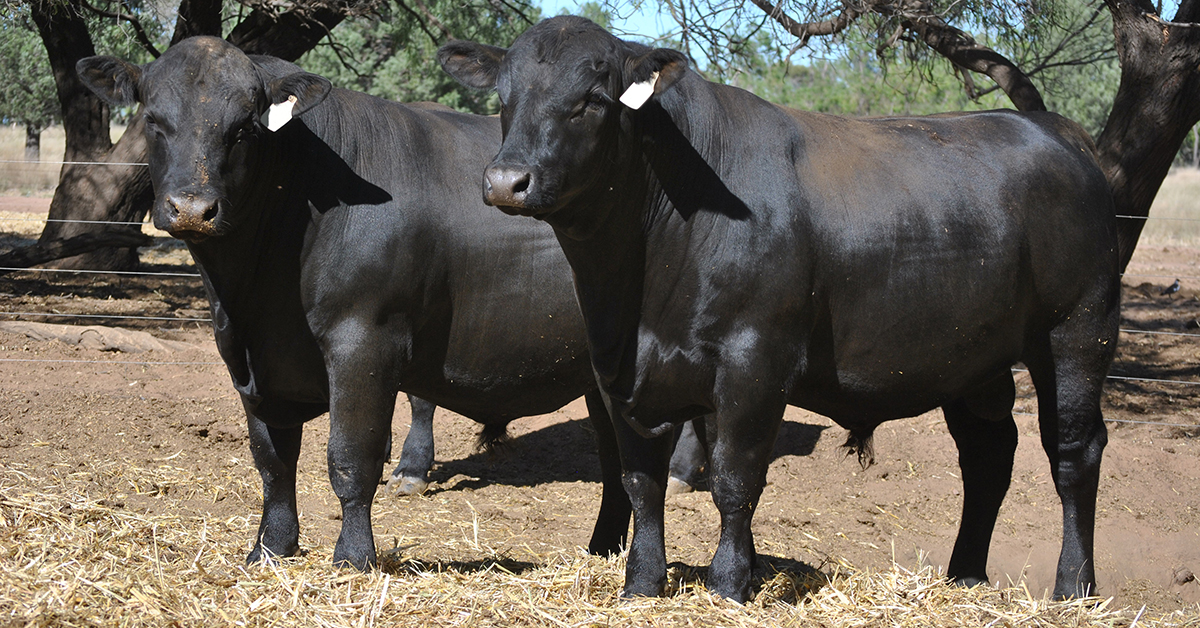The Fundamentals of the Trans Tasman Angus Cattle Evaluation


The TransTasman Angus Cattle Evaluation (TACE) is the genetic evaluation program adopted by Angus Australia for Angus and Angus influenced beef cattle.
The TransTasman Angus Cattle Evaluation uses Best Linear Unbiased Prediction (BLUP) technology to produce Estimated Breeding Values (EBVs) of recorded cattle for a range of important production traits (e.g. weight, carcase, fertility).
The TACE evaluation is regarded as one of the leading genetic evaluations in the world for Angus and Angus influenced cattle which is demonstrated by the significant adoption of its use in Australia. More than 2.26 Million Angus cattle are evaluated each TACE analysis of which more than 200,000 of these also have a genotype included. Angus breeders also continue to lead the industry with performance recording and together submit more than 480,000 performance measurements for TACE each year with an additional 80,000 Angus and Angus influenced calves being recorded each year. This significant uptake across industry has helped to deliver a world class breeding decision making support tool to Angus breeders across Australia and New Zealand.
The TransTasman Angus Cattle Evaluation is an international genetic evaluation which has traditionally included pedigree, performance and genomic information from the Angus Australia and Angus New Zealand databases, and more recently also includes selected information from the American and Canadian Angus Associations.
An animal’s breeding value can be defined as its genetic merit for each trait. While it is not possible to determine an animal’s true breeding value, it is possible to estimate it. These estimates of an animal’s true breeding value are called EBVs (Estimated Breeding Values).
TACE EBVs are expressed as the difference between an individual animal’s genetics and a historical genetic level (i.e. group of animals) within the TransTasman Angus Cattle Evaluation, and are reported in the units in which the measurements are taken.
TACE EBVs can be used to estimate the expected difference in the genetics of two animals, with the expected difference equating to half the difference in the EBVs of the animals (Figure 1), all other things being equal (e.g. they are joined to the same animal/s).

TACE EBVs can also be used to benchmark an animal’s genetics relative to the genetics of other Angus or Angus influenced animals recorded with Angus Australia by viewing the animal’s percentile ranking for each trait (Figure 2). To view the current TransTasman Angus Cattle Evaluation reference table please visit here.

An accuracy value is published in association with each EBV, which is usually displayed as a percentage value immediately below the EBV (Figure 2).
The accuracy value provides an indication of the reliability of the EBV in estimating the animal’s genetics (or true breeding value), and is an indication of the amount of information that has been used in the calculation of the EBV.
For more information on EBV accuracy please visit here.
A number of different EBVs are published within the TransTasman Angus Cattle Evaluation (TACE), covering economically important traits relating to birth, growth, carcase quality and yield, fertility, feed efficiency, structural soundness and temperament.
All TACE EBVs take into account the animal’s pedigree, performance measurements and any genomic information taken on the animal (Figure 3).

TACE Estimated Breeding Values remain one of the most useful breeding decision making tools available to cattle breeders when making mating decisions.
For more information on TACE please visit here.
Jake Phillips, Extension Manager